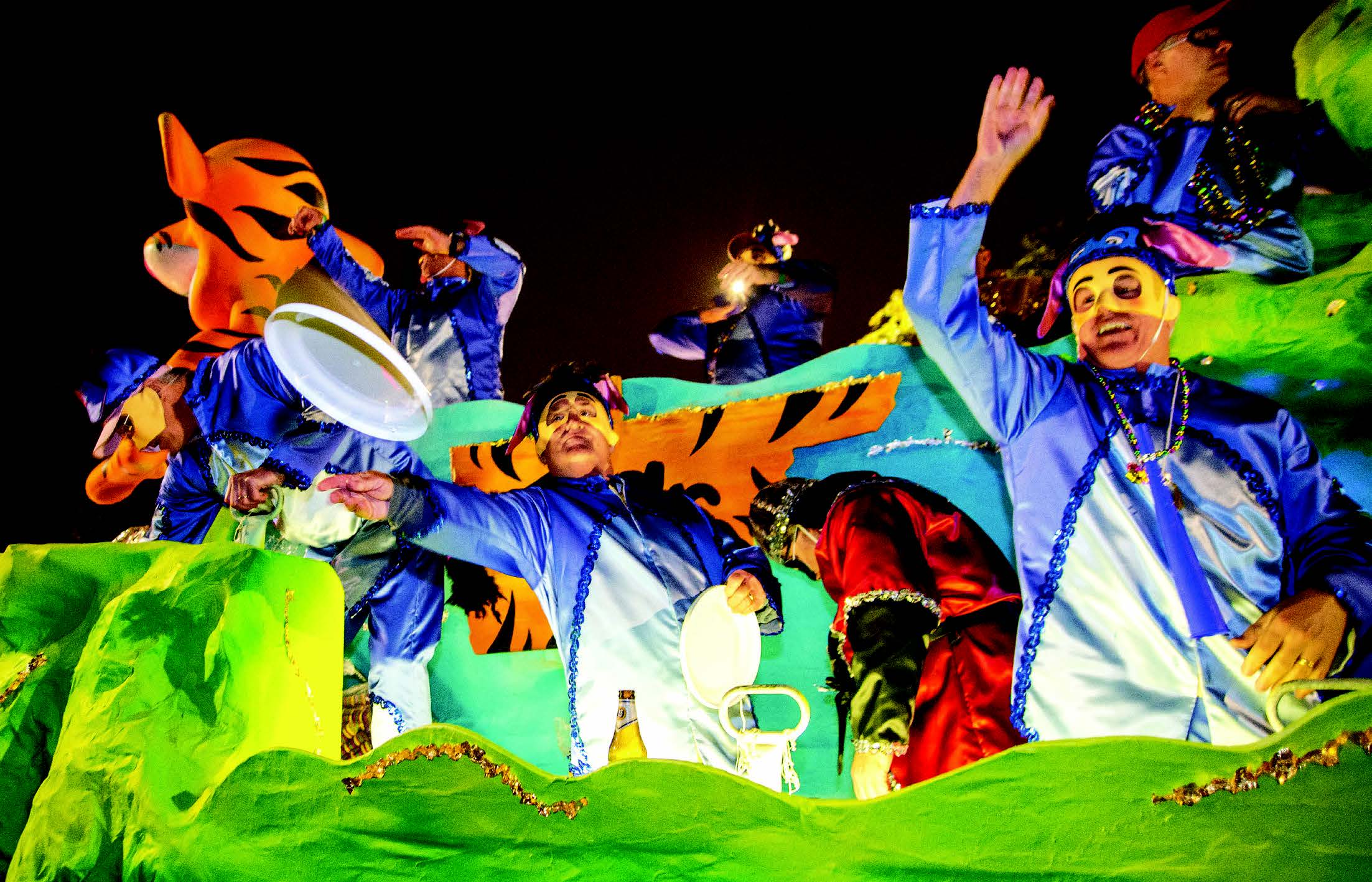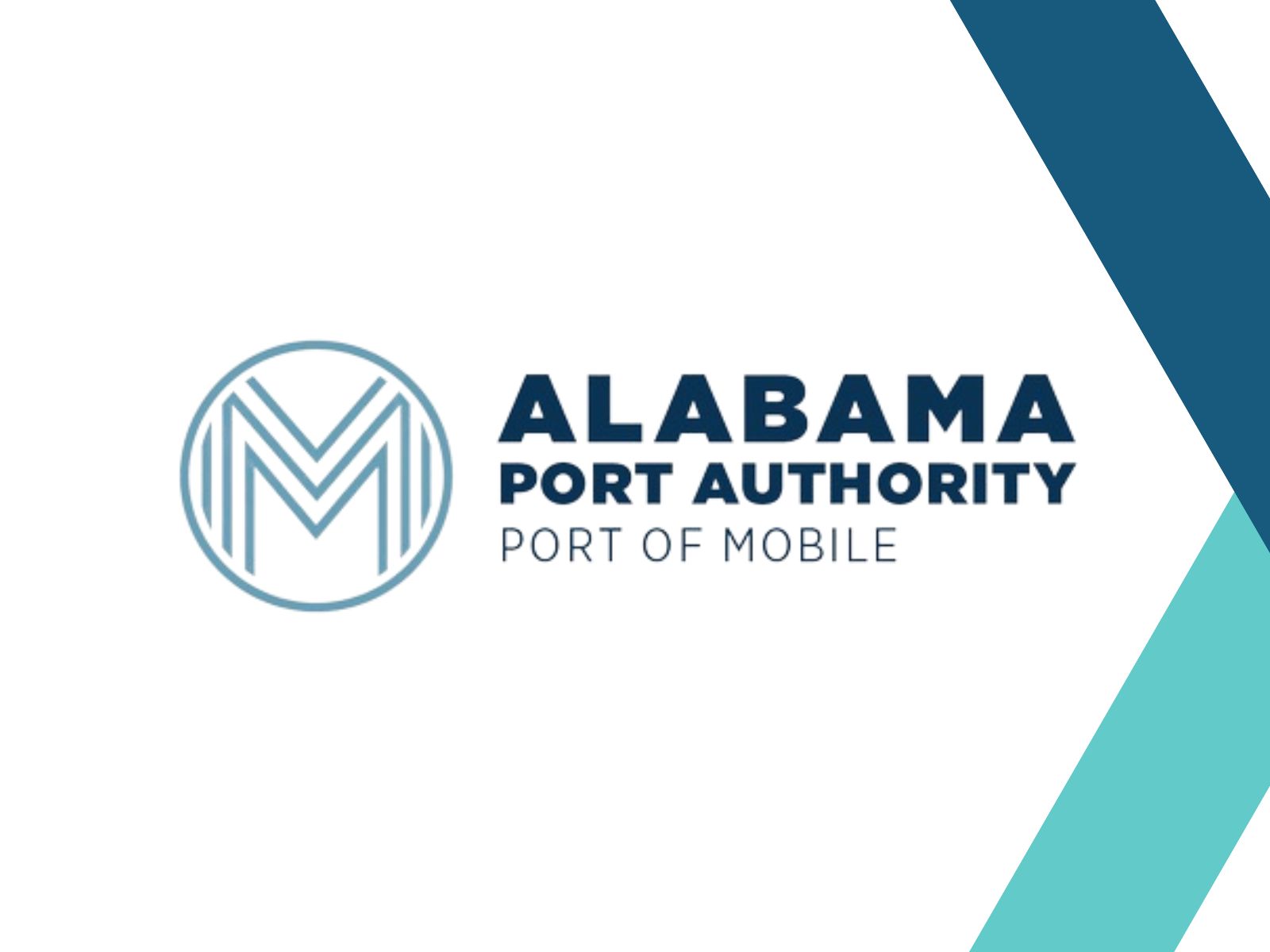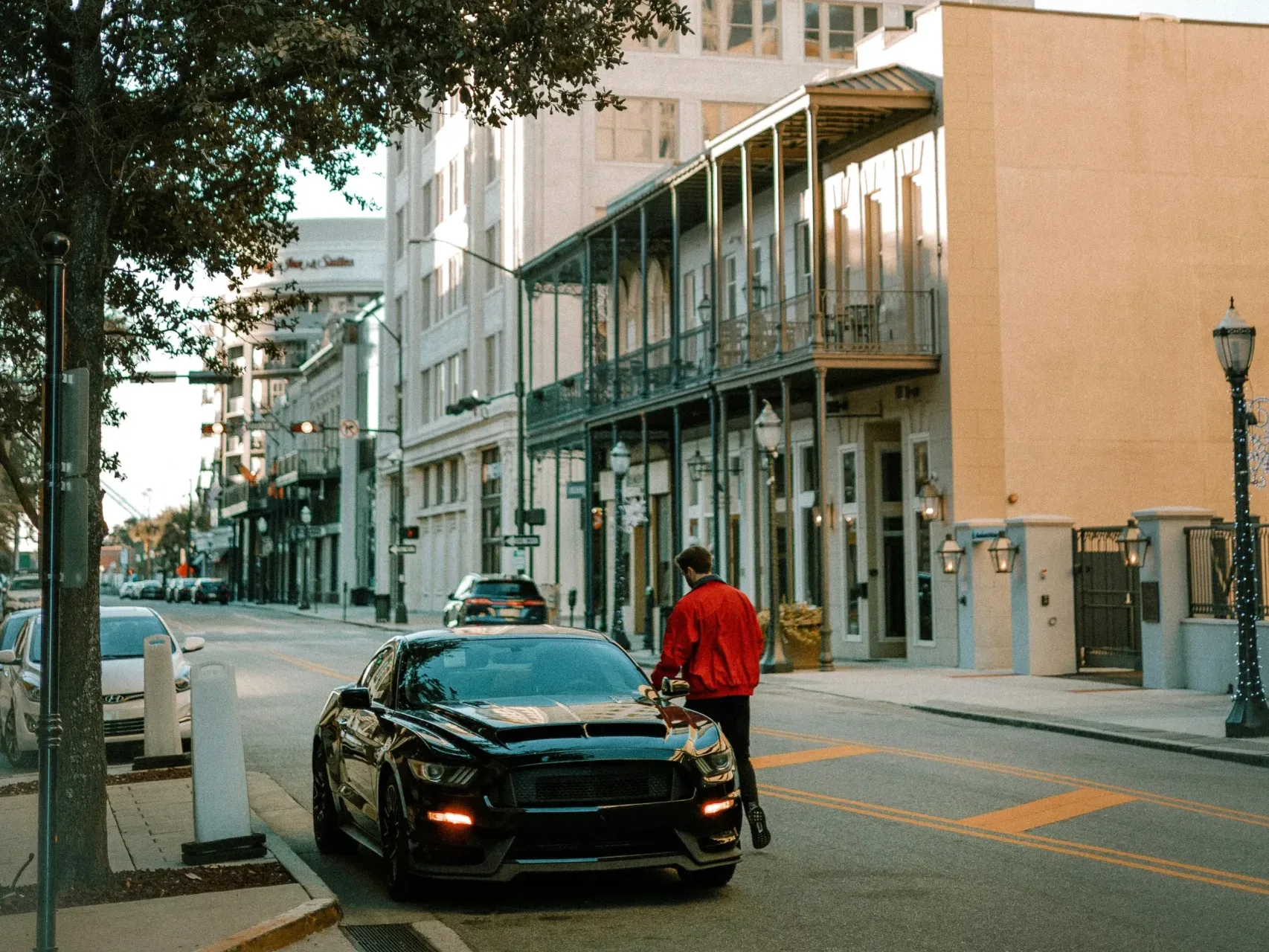BOOSTER PRESS: Mardi Gras and the Mobile Chamber
Mobile’s premiere cultural celebration might look a lot different today without a boost of support from the Mobile Chamber more than 150 years ago.
In the years following the Civil War, Carnival’s health was outpacing that of the Azalea City. And leaders within the Chamber realized Mardi Gras was a tremendous promotional vehicle to drive tourism and investment in the city, to offset the financial struggles rife within the era of Reconstruction. To spearhead the initiative, in 1872, a subcommittee within the organization was formed and formally named the Mobile Carnival Association, or MCA.
Today, the MCA is its own organization and continues to nourish and promote Mobile Mardi Gras, as well as numerous parading and non-parading mystic societies throughout the community, culminating in the coronation of King Felix III and his Queen each season on the Saturday before Fat Tuesday.
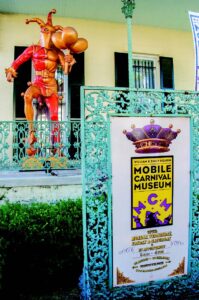
The Mobile Carnival Museum
More than 150 years ago, when the MCA was in its infancy, the founders employed an extremely creative and, ultimately, effective promotional device to achieve its goals. Known in the era as “booster press,” the Mobile Chamber hired lithographers from within the community, and as far away as Baltimore and Cincinnati, to create lithographs known as broadsides depicting certain mystic parades and their themes.
Eleven of the broadsides have been preserved and prominently displayed at the Mobile Carnival Museum since it opened in 2005. “The lithographs are hallowed among our exhibits and are truly at the heart of the museum,” said Curator Cartledge Blackwell. Depicting the themes and floats of some of nation’s first mystic societies — such as the Cowbellion de Rakin Society, the Independent Strikers Society, T.D.S., the Order of Myths and the Infant Mystics — the broadsides were created by artists collaborating with pioneer float builder Gus Hines.
Hines, an original member of Joe Cain’s Lost Cause Minstrels, and his crews would allow the artists access to their designs and float barns so they could create the lithographs, which are twodimensional representations of particular parade offerings. During a recent tour of the Carnival Museum, Blackwell pointed out a favorite broadside, depicting the Order of Myths’s 1881 procession, “Historic Epochs in the Chronology of the World.”

This 1881 lithograph depicts the Order of Myths’s 14th annual procession, “Historic Epochs in the Chronology of the World.”
Created by the August Gast & Co. lithographers of St. Louis, Missouri, the panel is “a delicious example for an art historian,” Blackwell said. “It has the creation of the world by Kronos, the expulsion of Adam and Eve from the Garden of Eden, the sack of Rome, Charlemagne and the voyage to the new world. “It even includes the Declaration of Independence, the Washington Monument and, of course, the apotheosis of the Order of Myths.”
Broadsides such as this were displayed in ports and train stations along the river and rail systems throughout the state and beyond. On some, you can still see remnants of how they were taped to walls, promoting Mobile, its amenities and its largest celebration: Mardi Gras. On the back of the lithographs were elaborate descriptions of the parade themes, as well as advertisements for area businesses.
On the back of an 1899 lithograph depicting the Infant Mystics’s 15th anniversary parade, “Rome and Carthage,” a lengthy description begins with the following invocation: The Infant Mystics are versatile. They believe in variety. They follow no beaten path, but make excursions into the realms of poetry, of history, of fancy, and of thought. They may as well say: No pent up Utica contracts our powers, But a whole boundless universe is ours.

1881 lithograph depicting the Infant Mystics’s 6th annual procession.
“The Mobile Chamber created these wonderful broadsides, and if you read those accounts, it’s booster press at its best,” Blackwell said. “Where you can stay, where you can eat, how our winter climate is so much better than yours.”
These examples of booster press, and the overarching creation of the Mobile Carnival Association by the Mobile Chamber, are lasting examples of how business and culture are forever linked to the city’s wellbeing. Blackwell believes the rapid growth of Carnival into the early 20th Century was in many ways a direct result of the propaganda and lithography commissioned by the Chamber. As Blackwell said, the MCA is Mobile’s second-oldest booster group, behind only the Mobile Chamber itself, which was created in 1836. “If not for the business community, Mobile would not continue to exist,” he said. And, at least culturally, the same can be said of Mardi Gras.
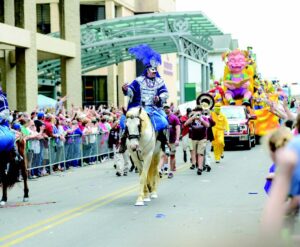
The Knights of Revelry process on Fat Tuesday, March 5, 2019.
“At the core, the mission of the Chamber is to help further the interests of businesses in the local area, and this is exactly why the Chamber took it upon itself to promote Mardi Gras across the region and throughout the country,” said Mobile Chamber President and CEO Bradley Byrne. “For weeks, the streets of downtown Mobile are filled with marching bands, floats and, most importantly, paradegoers. The multiplier effect of the goods produced, jobs provided and services rendered means Mardi Gras is big business for Mobile.”
PHOTOS BY MICHAEL DUMAS IMAGE ARTS
Originally Appeared in the February 2024 edition of Mobile Bay Magazine

Stay Connected
Fill out and submit the form below to get regular updates from Mobile Chamber delivered directly to your inbox.

